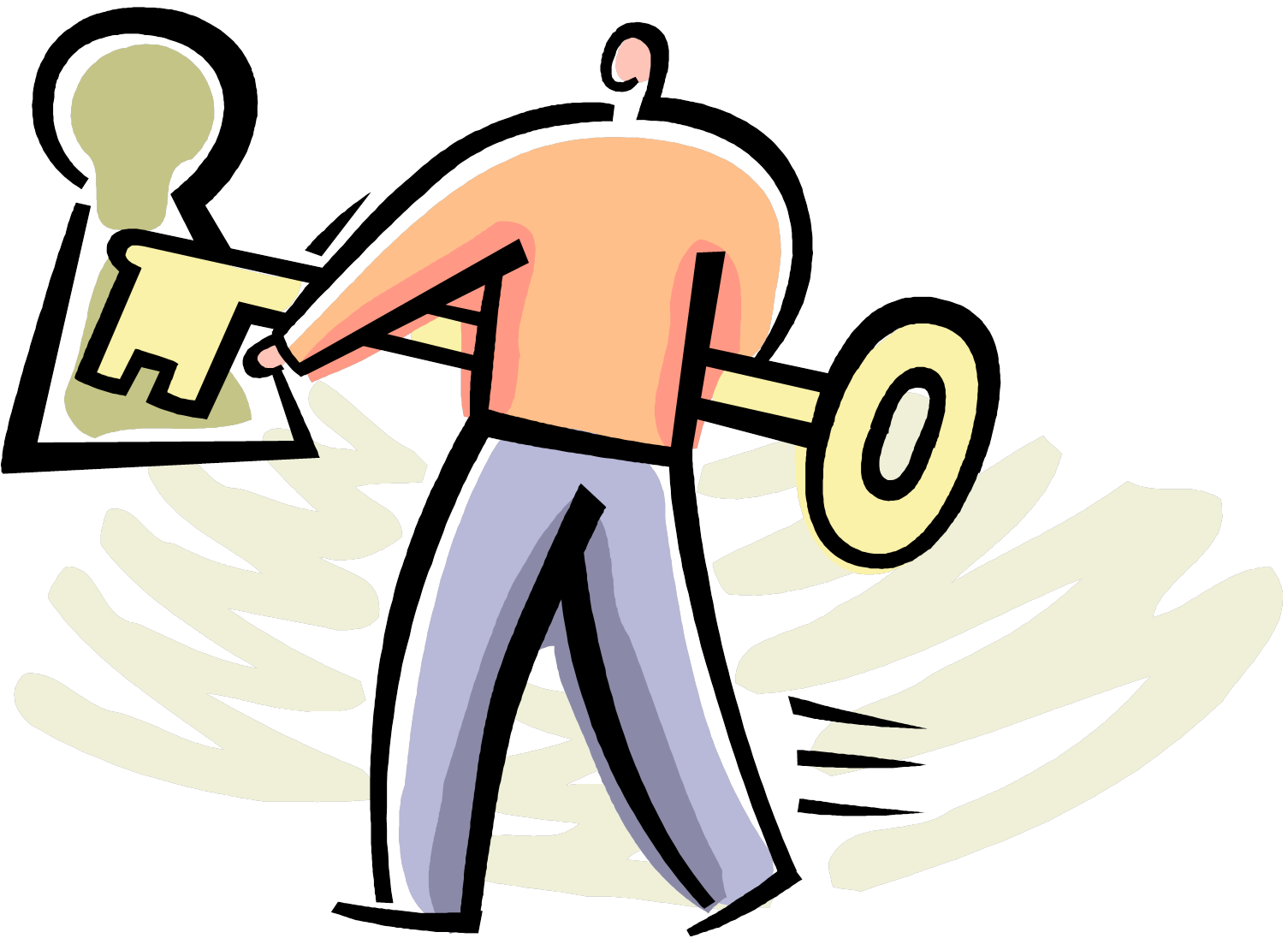Common Bedroom Door Lock Types: Unlock Bedroom Door Turn Lock

Bedroom door locks are essential for providing security and privacy. Understanding the different types available helps you choose the right one for your needs. Here’s a breakdown of some of the most common bedroom door lock types:
Types of Bedroom Door Locks, Unlock bedroom door turn lock
| Lock Type | Description | Advantages | Disadvantages |
|---|---|---|---|
| Deadbolt Lock | A deadbolt lock is a robust locking mechanism that extends a solid metal bolt into the doorjamb, offering a strong barrier against forced entry. | Highly secure, resistant to forced entry. | Requires a key to unlock from the outside. |
| Lever Handle Lock | A lever handle lock features a lever that is pushed down or lifted to engage the lock. They are commonly found on interior doors and offer a convenient and easy-to-use mechanism. | Easy to operate, suitable for interior doors. | Less secure than deadbolt locks, vulnerable to forced entry. |
| Privacy Lock | Privacy locks, also known as “passage locks,” are designed for interior doors, offering privacy without locking out users from the outside. They typically have a thumb turn on the inside and a latch that can be easily disengaged from the outside. | Provides privacy, easy to unlock from the inside. | Not as secure as deadbolt locks, can be easily opened with a credit card or other thin object. |
| Keyed Entry Lock | Keyed entry locks provide security for both interior and exterior doors. They require a key to unlock from both sides and are typically used for doors that need added protection. | Secure, provides protection from unauthorized entry. | Requires a key to unlock from both sides, can be inconvenient for interior doors. |
| Smart Lock | Smart locks offer advanced features like remote access, keyless entry, and integration with home automation systems. They can be controlled using smartphones, key fobs, or voice assistants. | Convenience, remote access, integration with smart home systems. | Higher cost, potential for security vulnerabilities. |
Troubleshooting Common Door Lock Issues

Bedroom door locks are essential for security and privacy. While they are generally reliable, issues can arise over time due to wear and tear, improper use, or environmental factors. Understanding common lock problems and how to address them can save you frustration and potential security risks.
Sticking and Jamming
Sticking and jamming are common door lock problems. This usually occurs due to dirt, debris, or wear and tear on the lock mechanism.
Here are some steps to troubleshoot sticking and jamming issues:
- Lubricate the Lock: Apply a small amount of lubricant, such as graphite powder or dry Teflon lubricant, to the keyhole and lock cylinder. Avoid using oil-based lubricants as they can attract dirt and grime.
- Clean the Lock: Use a soft-bristled brush or a vacuum cleaner with a crevice attachment to remove dirt and debris from the lock cylinder and surrounding area.
- Adjust the Strike Plate: If the door is not properly aligned, the strike plate (the metal plate on the door frame) may be misaligned. This can cause the latch to bind.
- Replace the Lock: If the lock is severely worn or damaged, replacing it may be the best option.
Key Problems
Key problems can range from worn-out keys to broken key tumblers. Here are some steps to troubleshoot common key issues:
- Replace Worn-Out Keys: If the key is worn or damaged, it may not be able to properly engage the lock cylinder. Replacing the key with a new one from a locksmith or hardware store is the best solution.
- Clean the Key: If the key is dirty, it may not be able to fully enter the lock cylinder. Clean the key with a soft cloth and a mild cleaning solution.
- Repair Broken Tumblers: If a key tumbler is broken, the lock may be jammed. In this case, you may need to replace the lock cylinder.
Troubleshooting Common Door Lock Issues by Lock Type
The troubleshooting steps for sticking, jamming, and key problems may vary slightly depending on the type of lock. Here is a breakdown of common issues and solutions for each lock type:
Deadbolt Locks
- Sticking/Jamming:
- Cause: Dirt, debris, or worn-out latch bolt.
- Solution: Clean the lock cylinder and latch bolt. Lubricate the latch bolt with a dry lubricant.
- If the latch bolt is worn, replace the deadbolt.
- Key Problems:
- Cause: Worn-out key or broken tumblers.
- Solution: Replace the key with a new one. If the tumblers are broken, replace the lock cylinder.
Lever Handle Locks
- Sticking/Jamming:
- Cause: Dirt, debris, or worn-out latch bolt or lever mechanism.
- Solution: Clean the lock cylinder and latch bolt. Lubricate the lever mechanism with a dry lubricant. If the latch bolt or lever mechanism is worn, replace the lock.
- Key Problems:
- Cause: Worn-out key or broken tumblers.
- Solution: Replace the key with a new one. If the tumblers are broken, replace the lock cylinder.
Privacy Locks
- Sticking/Jamming:
- Cause: Dirt, debris, or worn-out latch bolt or lever mechanism.
- Solution: Clean the lock cylinder and latch bolt. Lubricate the lever mechanism with a dry lubricant. If the latch bolt or lever mechanism is worn, replace the lock.
- Key Problems:
- Cause: Worn-out key or broken tumblers.
- Solution: Replace the key with a new one. If the tumblers are broken, replace the lock cylinder.
DIY Door Lock Maintenance and Repair

Regular maintenance is crucial for keeping your bedroom door lock functioning smoothly and securely. By addressing minor issues promptly, you can prevent major problems and ensure the longevity of your lock. Here’s a guide to common DIY maintenance and repair tasks that you can perform at home.
Essential Maintenance Tips
Preventive maintenance plays a significant role in extending the life of your bedroom door lock. Here are some key tips to follow:
- Regular Lubrication: Applying a light lubricant, such as graphite powder or a dry lubricant spray, to the lock’s moving parts can reduce friction and prevent wear and tear. This is especially important for locks that are frequently used.
- Clean the Lock: Dust, dirt, and debris can accumulate in the lock mechanism, causing it to malfunction. Use a soft-bristled brush or compressed air to remove any accumulated particles.
- Inspect for Damage: Regularly check the lock for signs of wear, such as chipped or broken keys, loose screws, or damaged parts. Addressing these issues promptly can prevent further damage.
- Handle Tightening: Over time, the screws holding the door handle and lock can loosen. Tighten these screws periodically to ensure a secure grip.
Simple DIY Repairs
Many common door lock issues can be addressed with simple DIY repairs. Here are some examples:
- Lubricating a Sticking Lock: If your lock is sticking, apply a small amount of lubricant to the keyhole and move the key back and forth a few times. This should help loosen the mechanism and allow the key to turn smoothly.
- Replacing a Broken Key: If your key breaks off in the lock, you’ll need to remove the broken piece and replace the key. This can be done by using a small tool, such as a pliers, to carefully extract the broken key. You’ll then need to obtain a new key from a locksmith or hardware store.
- Tightening a Loose Handle: If your door handle feels loose, tighten the screws that hold it in place. If the screws are stripped, you may need to replace them with new ones.
Disassembling and Reassembling a Common Bedroom Door Lock
If you need to replace a broken part or perform more in-depth cleaning, you’ll need to disassemble the lock. Here’s a step-by-step guide:
- Remove the Door Handle: Locate the screws holding the door handle in place and remove them using a screwdriver. Once the screws are removed, the handle should come off easily.
- Remove the Lock Plate: The lock plate is the part that attaches to the door frame. It’s usually held in place by a few screws. Remove these screws to detach the lock plate.
- Disassemble the Lock Mechanism: The lock mechanism itself is typically held together by a few screws. Remove these screws to access the internal components. It’s helpful to take pictures of the assembly process as you go along, so you can easily reassemble the lock later.
- Clean and Replace Parts: Once the lock is disassembled, you can clean the parts with a soft-bristled brush and compressed air. If any parts are damaged or worn, replace them with new ones.
- Reassemble the Lock: Carefully reassemble the lock in the reverse order that you disassembled it. Make sure to tighten all screws securely.
- Reinstall the Lock Plate and Handle: Attach the lock plate to the door frame and secure it with the screws. Then, reinstall the door handle and tighten the screws.
